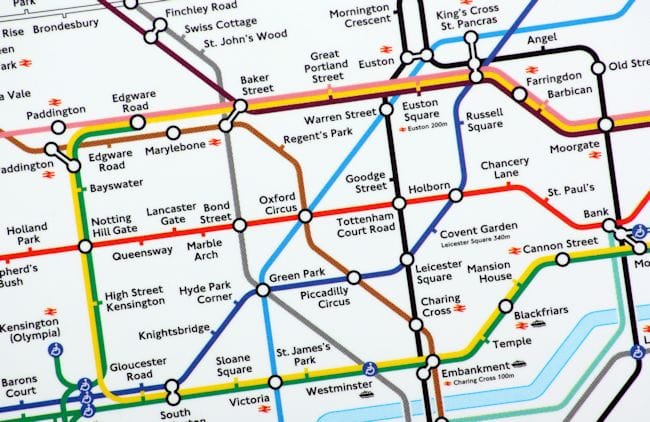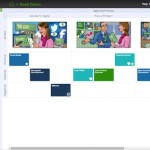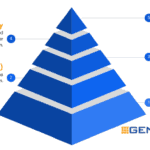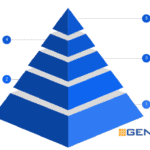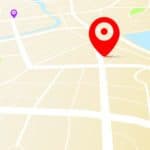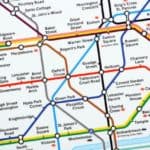I have been running customer journey mapping workshops for our clients for many years.
As the popularity of the term “customer journey map” has grown, people have started pinning the term to different things, i.e. people call different types of map, customer journey maps. Of course this makes it confusing when you’re talking to someone about what you’re trying to achieve.
This post examine the main types of customer and user journey maps, what they are and how they are used.

Why you would use a Customer Journey Map?
The goal of any type of customer journey map is to document the parts of the interaction a customer takes when interacting with the organisation.
Understanding this journey is not nearly as obvious as it sounds.
While you may think everyone in the organisation has a clear and consistent view of the entire set of interactions a customer experiences, they almost certainly do not.
Many times attendees at our customer journey mapping workshops react with surprise when learning what happens in another part of the organisation. Staff often understand the part of journey that relates directly to their own area of responsibility but not the overall journey.
This can lead to problems.
What might seem to be a very efficient way of running a process at the local organisational level can cause issues (lost sales, higher costs, annoyance, etc.) for the customer and the organisation in a broader context.
For instance, while Accounts may be processing bad debts very efficiently – it may not be taking into account clients with multiple products. A poor experience with Accounts may cause a customer to take their non-bad debt business elsewhere.
This is a common issue in industries like banking and telecoms but it applies equally as well to a range of businesses.
It’s not that the Accounts process is wrong, just that it doesn’t consider the entire customer journey.
So the “why” of a customer journey map is to clearly document the agreed current state of the customer journey to that it can be dissected and improved.
The Main Types of Journey Maps
If you search the term “customer journey mapping” you will see a confusing array of information the topic because, while everyone talks about journeys, they are often talking about different types of journeys used for different purposes.
Sometimes the differences are quite subtle. For instance a user experience and customer experience map can cover many of the same ideas. However, they are different and treating them as if they are the same is confusing for all concerned.
There are four main types:
1. Customer Journey Maps
Firstly, we look at what they type of map that I use most often in our Net Promoter and Customer Feedback Practice: Customer Journey Maps.
Where other types of map examine one or other part of the customer’s experience, Customer Journey Maps typically seek to document the entire journey: from awareness to sales, delivery and service.
Of course different areas may have greater or less detail but the overall journey is the goal.
Using this type of map organisations will typically seek to document the existing customer journey so that they can focus on:
- Improving the customers’ perceived experience with the organisation, i.e. have more loyal customers.
- Improving the organisation’s delivery of that experience, in order to reduce costs or streamline operations.
People with experience in the quality industry (TQM, 6Sigma, Lean) will often think of these maps in a “service blueprinting” or “service deign” context.
The Rail Europe Experience Map below is relatively well known and you can see that it covers the entire journey (no pun intended) from research to post travel.
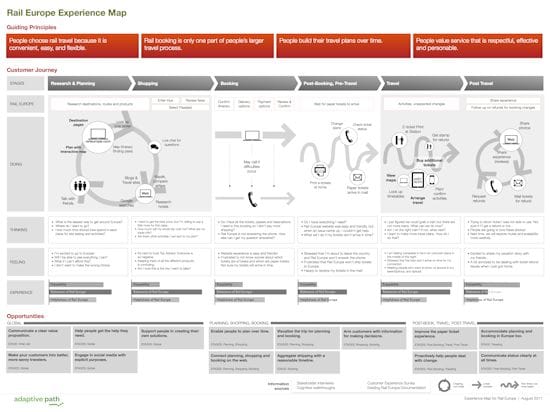
2. User Journey Maps or UX Journey Maps
Folks working in the on-line and application software space will often create User Journey Maps focused on the User Experience of websites or applications.
Typically these focus on understanding how users interact with software in order to understand what users find intuitive and easy and what they do not. With this information companies can design ways to make their software more simple and easier to use.
In User Journey Maps techniques like click testing, web testing, card sorting and usability testing are used to document and understand how users actually interact with the software.
Below is an example User Journey Map. Notice how detailed the map is and how it considers all of the web pages and communications that a new user will receive.
Notice also that it does not include the marketing, sales or other non-software, aspects of the user’s journey with the organisation.
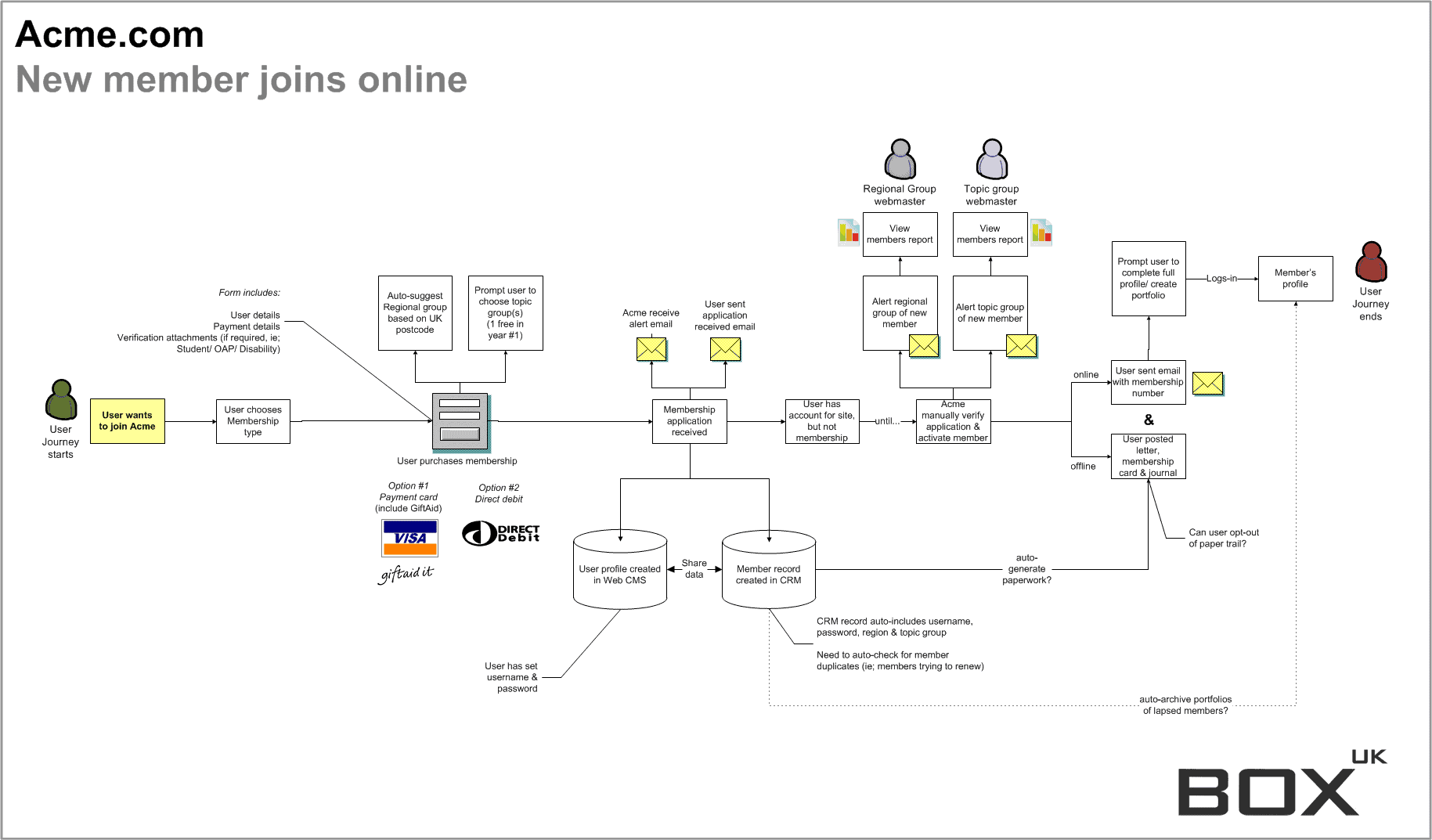
3. Buyer Journey Maps
Buyer Journey Maps help the sales and marketing team to map the customer’s path before they are a customer. The focus is to optimise the customer’s journey through the marketing process and maximize sales. A buyer journey map is a visual representation of the process a customer goes through to achieve a goal with your company, whether that’s making a purchase, signing up for a service, or any other conversion.
Creating a buyer journey map is essential because it allows you to step into your customers’ shoes and see your company from their perspective. It helps you understand their needs, pain points, and decision-making process at each stage of the journey. By identifying key touchpoints and channels where customers interact with your brand, you can optimize those interactions to improve the overall customer experience.
Sometimes called the Marketing Funnel, Buyer Journey Maps can vary in the elements they cover but all elements are at or before the purchase normally cover areas a version of the Marketing Funnel elements.
Common stages include Awareness, Consideration, Decision, and Retention/Advocacy. At each stage, it’s important to consider the customer’s emotions, motivations, and potential barriers to moving forward in their journey.
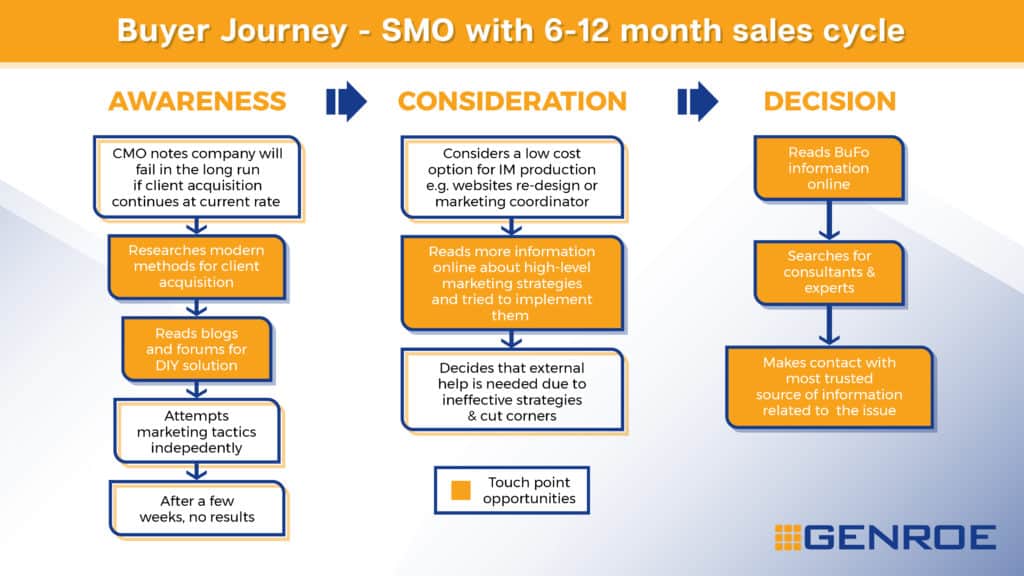
With a large range of email marketing, CRM and marketing automation systems now available and multiple potential communication channels (email, SMS, Facebook, etc.) these maps have become very important in understanding exactly what each customer and segment of customers is experiencing.
However, an effective buyer journey map must be based on real data and customer research, not just assumptions.
Techniques like customer surveys, interviews, web analytics, and social media listening can provide valuable insights into your customers’ actual behaviours and preferences. It’s also crucial to involve stakeholders from across the organization, not just marketing, to get a holistic view of the customer experience.
Below is an example of a high level journey from one well known vendor (Marketo). Notice how many types of communication are considered and how many different areas of the company are involved.
Without a map of the process it would be easy to miss an interaction.
That’s why regular reviews and updates of your buyer journey map are essential as customer needs and behaviours evolve over time. By continuously improving the customer experience at each touchpoint, you can build stronger relationships, boost conversions, and drive long-term business growth.
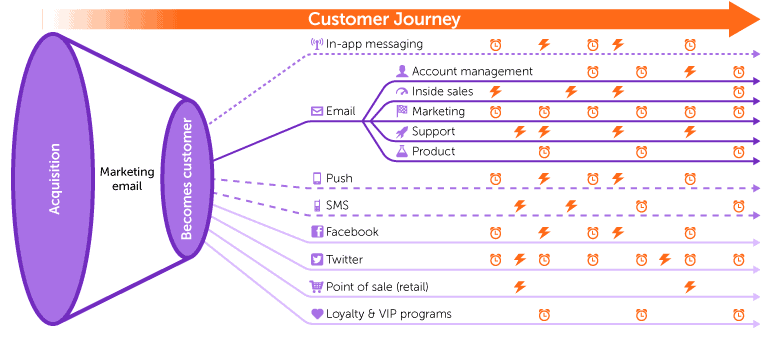
4. User Flows
User Flows are used in software design and can be thought of as a specific view of the User Journey Map. They document how a user might complete a specific task (create a document, add a product to shopping cart, etc) within the software platforms.
User Experience designers create a series of User Flows for the software platform and developers implement the flows in the software design.
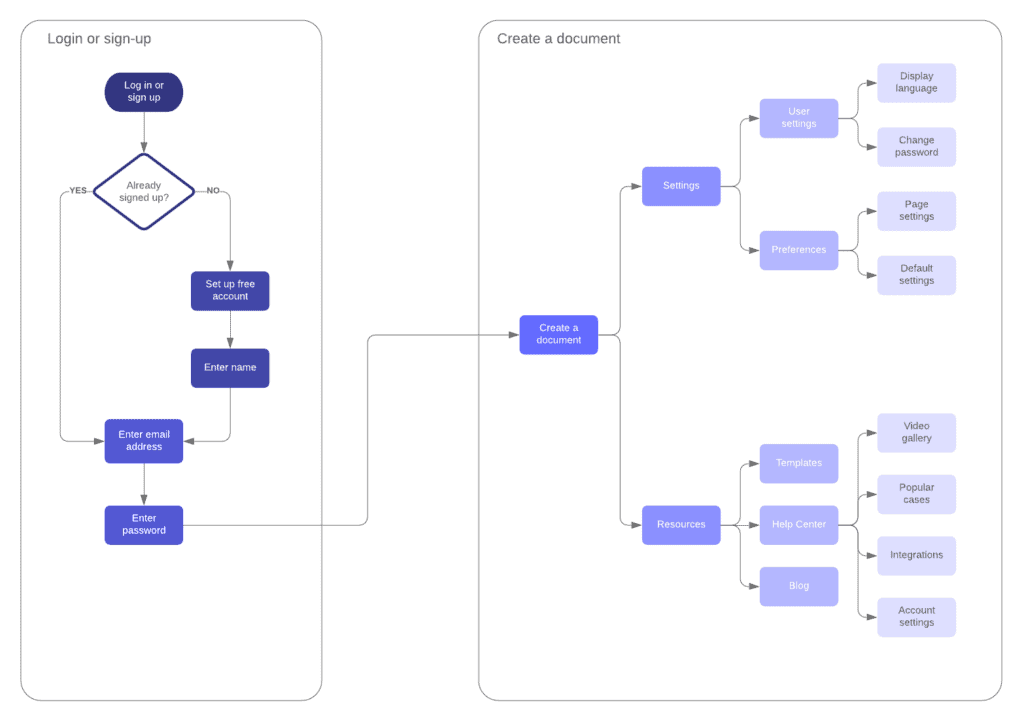
Comparing the Types of Journey
What is the Difference Between the User Journey and the Customer Journey
The Customer Journey covers all interactions between the customer and company. It starts with marketing interactions and ends when the customer ceases to be a customer. For example, in the RV rental industry, this might include interactions from initial inquiry and booking to the post-rental follow-up. In contrast, the User Journey Map only relates to the subset of interactions that occur between the User and the company’s software systems or digital platforms, such as the online booking system used for scheduling RV rentals.
What is the Difference Between the Buyer’s Journey and the Customer’s Journey?
The Customer Journey Map covers all interactions between the customer and company. It starts with marketing interactions and ends when the customer ceases to be a customer. In contrast the Buyer Journey Map only covers the pre-purchase part of the customer Journey and is summarised by: awareness, consideration, conversion.
What is the Difference Between a Customer Journey and User Flow
The Customer Journey Map covers all interactions between the customer and company: software and non-software related. It starts with marketing interactions and ends when the customer ceases to be a customer. User Flows document how a user completes a specific task (create a document, add a product to shopping cart, etc) within the company’s software platforms.

